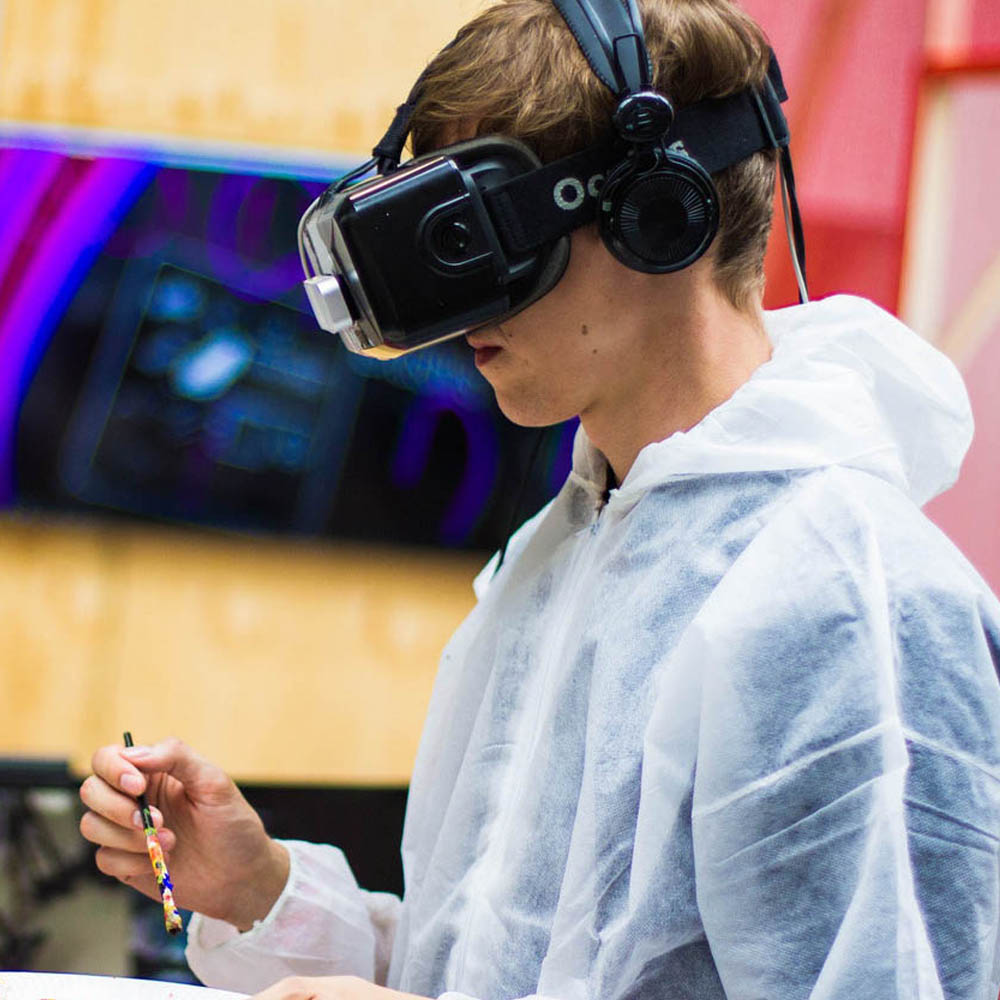
At present, VR is an affordable commercial product available to the public, with multiple systems
that offer different opportunities. A combination of a competitive free market, cheaper hardware,
and a global value of £4.8 billion in 2019 to more than an estimated £12.3 billion by 2022, (Alsop,
2020) has resulted in the continued growth of this immersive machinery. It has been estimated that
the market value for VR in the United Kingdom in 2016 was £46.4 million. This market is predicted to
grow by approximately 390 percent over four years, rising to £354.3 million in 2020. (Tankovska,
2020)
Global companies such as Oculus (Facebook), HTC, Valve, Samsung, and Microsoft now offer a
variety of services that aim to take advantage of this vast financial opportunity through producing
their own software and hardware, the most recognisable being their head-mounted display (HMD)
units. VR is currently used throughout the professional, business, leisure, and education sectors.
Examples of this include using VR for surgery simulations, developing multiple products, exploring
various locations around the world, and producing 3D generated learning environments for
students. It could be argued that it is inevitable that virtual reality will impact some area of our lives
in the forthcoming future, with the ‘current development in Virtual Reality (VR) technology
happening at unprecedented speed.’ (Anthes et al., 2016, p.1)
This technology is being utilised in the profession and teaching of architecture to assist the
comprehension of design processes and to offer unique virtual experiences of buildings. VR is
becoming an attractive alternative to computer-built 3D renderings of designs, providing a more
immersive experience for clients. This offers a competitive advantage over those firms who do not.
As Halsey suggests in his examination of the impact of VR, ‘When a customer can experience a
proposed building on a more visceral level, they’re more likely to choose your design.’ (Halsey, 2016,
para.4) Additionally, architecture courses are employing VR to enable students to further their
knowledge of buildings through virtual architectural visits– a more ‘visceral’ experience. While time
and methods of travel limit these explorations, VR offers the ability to explore multiple destinations
from different points of view instantly. As suggested by Viar, ‘Imagine being able to go into a bird’s
eyes view of the Guggenheim Museum Bilbao that explains the pedestrian flow from the city to the
entrance, so you can understand in a more engaging way why Gehry designed it in the way he did.’
(Viar, 2020, para.10)
VR is increasingly being adopted by architectural visualisation companies to immerse users in
designed spaces. (AEC Magazine, 2017)
‘The most obvious advantage of using VR is that the designer can see the end result of their
work before it has been built. This allows them to inspect their model in previously
impossible detail at an early stage, helping them grasp its complexities much more
comprehensively.’ (Hudson, 2020, p.7)
These forms of VR include the opportunity to produce 3D rendered images, walkthrough animations,
interactive iterations and quick demonstrations of designs. In a recent report, Digital Transformation
in Architecture for the RIBA and Microsoft, 300 construction industry professionals in the UK provided their opinions on the use of modern-day technology in the sector. (NBS Research, 2018) It states that over 35% of UK architects incorporate the use of augmented, virtual or mixed reality at work. The report argues that 85% of the respondents conclude that modern day technology will disrupt the construction industry. This suggests that knowledge of this developing equipment is crucial if upcoming members and firms in this industry are to remain relevant. Yet, 38% of small design firms disagree that those practices who refuse to modernize will go out of business. This appears to be a risky perspective in the light of approaching changes within the industry. ‘This view could be dangerous for some UK architects. If they are not prepared for a major disruption to their industry, they may get left behind or even go out of business altogether.’ (NBS Research)
